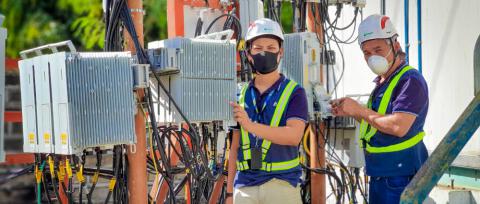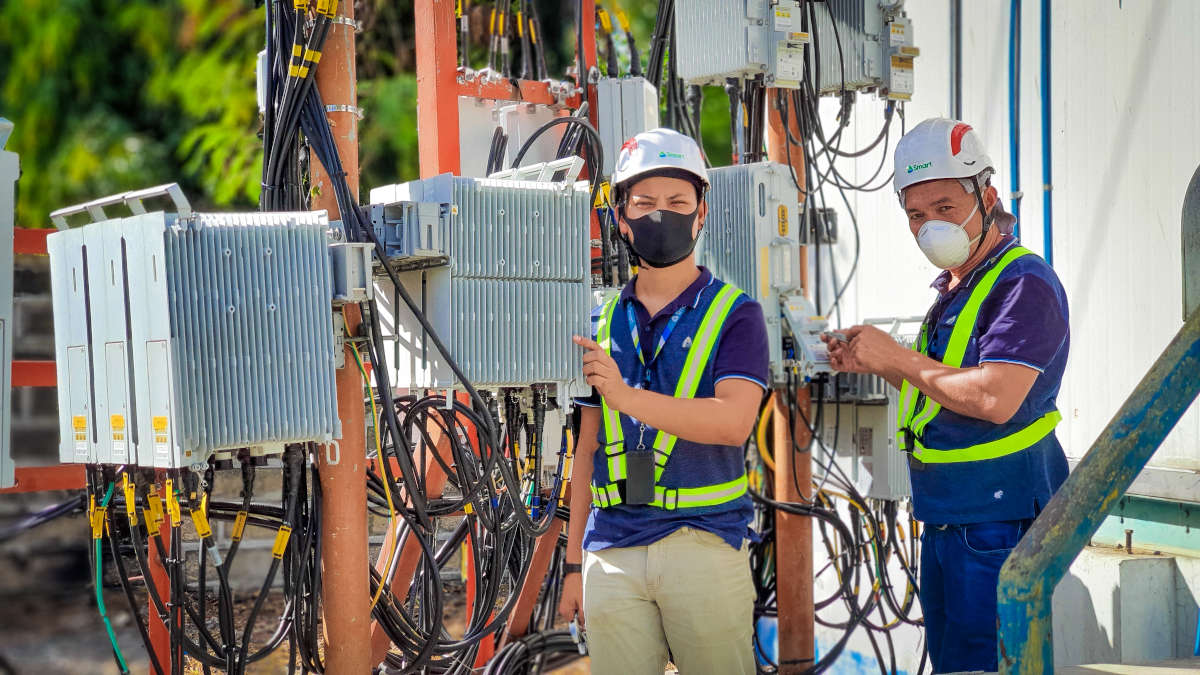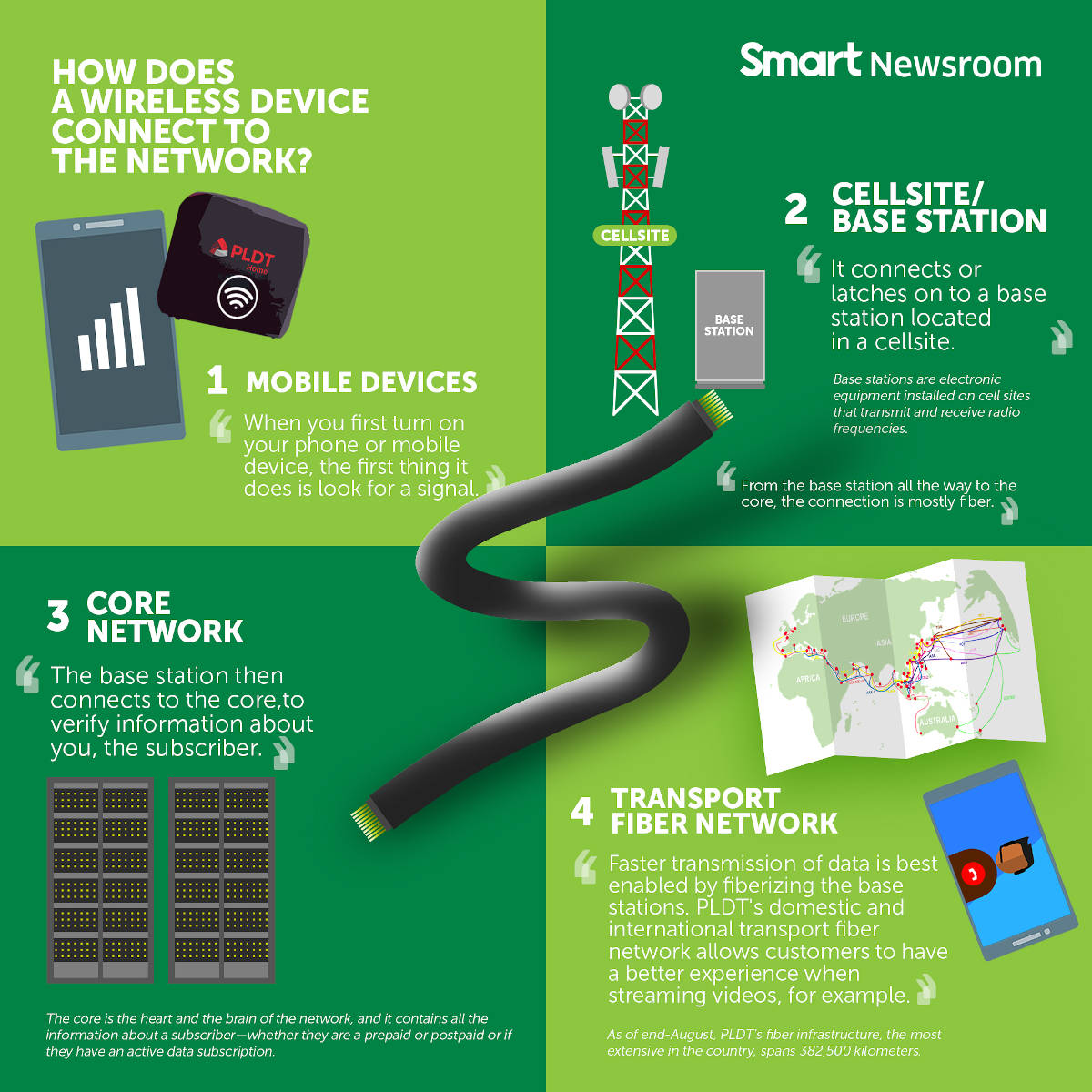

Smart Communications, Inc. (Smart), wireless arm of the country’s largest and only integrated telco PLDT, continues to improve its services across the country by expanding the capacity of its LTE network and ramping up the strategic rollout of its base stations.
As of end-August, Smart had increased the number of its LTE base stations to 28,200, up by 15% from 2019. Providing high capacity links for these base stations is PLDT’s fiber infrastructure, now at 382,500 kilometers as of end-August.
What are base stations?
Base stations are electronic equipment installed on cell sites that transmit and receive radio frequencies. They connect customers’ mobile devices, such as phones and wifi routers like Smart Bro LTE pocket Wifi and the PLDT Home Wifi, to the network.
“Your device is constantly ‘talking’ to the nearest base station and cell site,” explains Mario G. Tamayo, PLDT-Smart Senior Vice President for Network Planning and Engineering. “Your phone and the base station can do that because they share common frequencies—similar to when you tune in to a radio or TV station. Your phone should be able to pick up the signal coming from the base station if the phone has the same frequency as the base station.”

The base stations in a cell site are connected via fiber to the network core, which processes calls, messages and data transactions. “When you turn on your phone, the first thing it does is look for a signal. It connects to a base station, which then connects to the core, to verify information about you, the subscriber. The core is the heart and the brain of the network, and it contains all the information about a subscriber—whether they are a prepaid or postpaid subscriber, or their active data subscriptions, for example,” Tamayo added.
Tamayo emphasized the importance of having a fiber backbone to connect the network. “From the base station all the way to the core, the connection is mostly fiber. Faster transmission of data is best enabled by fiberizing the base stations, so our customers can have a better experience when streaming videos, for example,” he says.
Sustained network modernization program
“We are able to optimize our network configuration by applying a basic foundation of 700Mhz in all our sites to maximize coverage while adding base stations per site for capacity as necessary. As a result, we have managed to build an efficient network despite a relatively lower number of cell sites while covering 95% of the population in the Philippines,” says Tamayo.
Since 2016, PLDT and Smart’s comprehensive network modernization and expansion program has equipped cell sites with low-frequency bands, such as 700 MHz, which cover much wider areas than high-frequency bands and provide better indoor coverage with the use of fewer cell sites, alongside deploying high-frequency bands to increase the capacity of each Smart cell site to handle ever-increasing mobile data traffic.
This accelerated network rollout forms part of the PLDT Group’s sustained investments in their network, which have totaled some Php260 billion from 2015 to 2019. With the regained momentum of its network rollout efforts following the easing of lockdown restrictions, PLDT has leveled up its target capital expenditures for 2020 back up to Php70 billion or more.


